You can contact LEARNZ, part of CORE Education, at:
Postal Address:
PO Box 13 678,
Christchurch 8141,
New Zealand
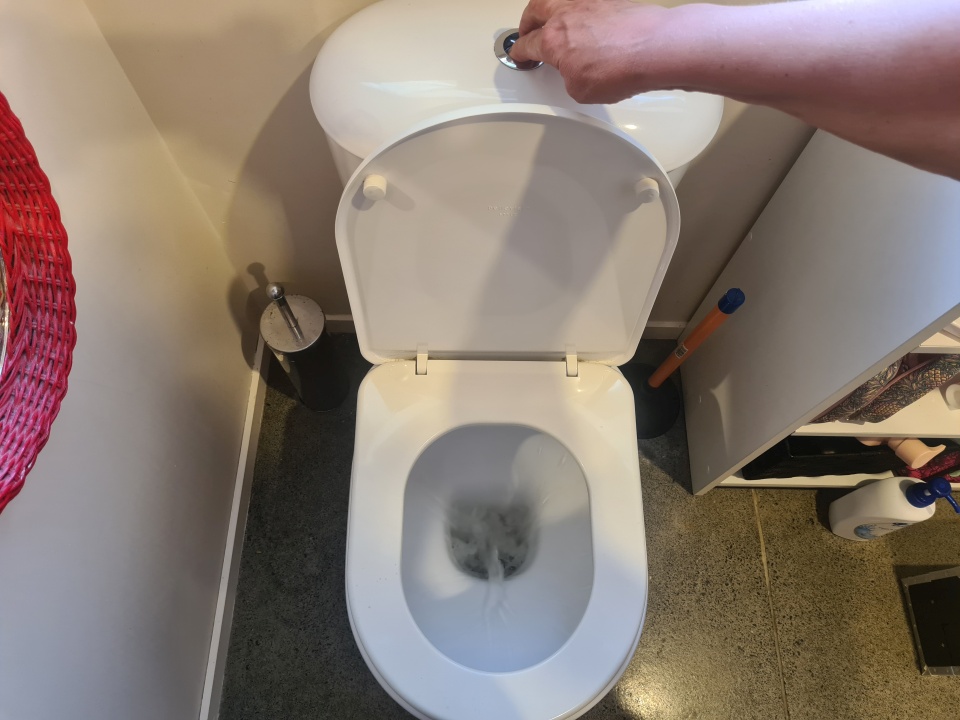
Wastewater, also known as sewage, is the used water that goes down sinks, washing machines, showers, baths, and toilets.
Most of it is water. The rest includes organic matter such as human waste, food scraps, cooking fats, oil and grease, and debris such as sand, grit, and plastic.
Wastewater can also include household and business chemicals, paint, and medicines. These can be harmful to our health, our harbours, and waterways. It is important to treat wastewater before it is returned to waterways.
In the 1800s, before toilets were common, people would use a bucket placed in an outhouse, which was a small shed in the garden. In the evening, a night soil collector would come along in a horse and cart. They would empty the bucket and leave a clean one. The person who owned the outhouse had to pay for this service. People didn’t have a bathroom. Instead, children would be bathed on Saturday nights in a tin bath in front of the open coal fire in the kitchen.
The night soil collectors worked between 10pm and 5am emptying buckets of human waste into their carts. They took the waste to a manure depot on the edge of town. The waste was buried there. Many people ignored this and continued to bury their waste on their own property, which caused the outbreak of diseases such as cholera and typhoid.
Each time you flush the toilet, pull the plug from a sink, or have a shower, the water drains into a wastewater pipe on your property. These pipes connect to the public wastewater network, which carry your household wastewater to be treated at a wastewater treatment plant.
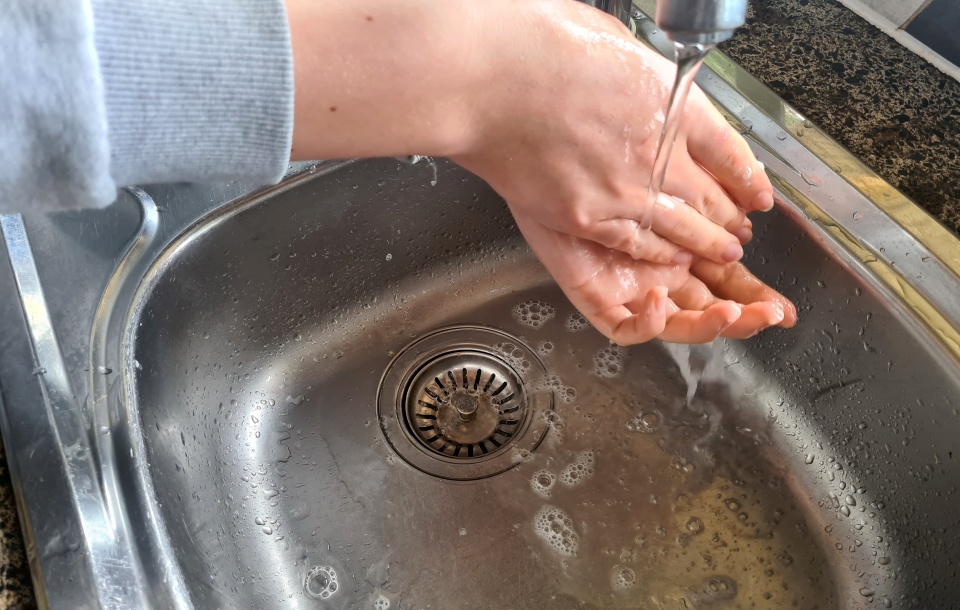
People who live in smaller towns and away from larger cities are often not connected to the public wastewater network. Instead, they have a septic tank. A septic tank is usually underground, and takes wastewater from toilets, sinks, and basins. The septic tank contains bacteria that break down the wastewater. The wastewater then flows out into a soil disposal field on the property.
People can help protect their wastewater pipes and save money on plumbing bills by only flushing the "3 P's" down the loo:
Disposable wipes (or any other material, other than toilet paper) should never be flushed down the toilet. They can block up wastewater pipes - yours and your city's - and it can cost thousands of dollars to get the blockages cleared.
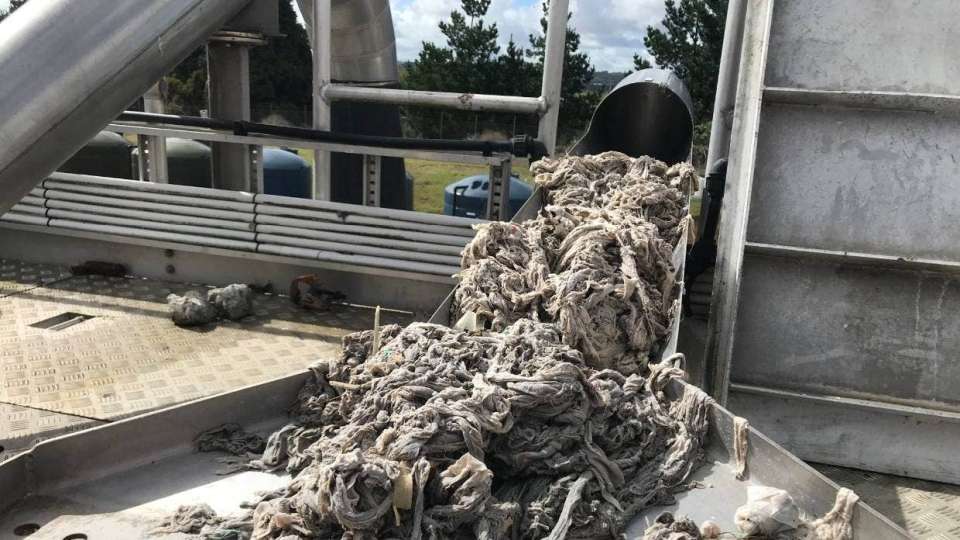
A wastewater treatment plant is a place where wastewater is cleaned so that it is not harmful to people or the environment. New Zealand's largest wastewater treatment plant is in Māngere, Auckland. This plant uses a combination of physical, mechanical, and biological processes to clean waste out of the water. Treatment takes about 12 hours from start to finish.
Biosolids
Biosolids are the solid organic materials that are produced during the wastewater treatment process. The solids are nutrient-rich and treatment has removed dangerous microorganisms and odours, so they can be used for farming, growing trees, and land restoration.
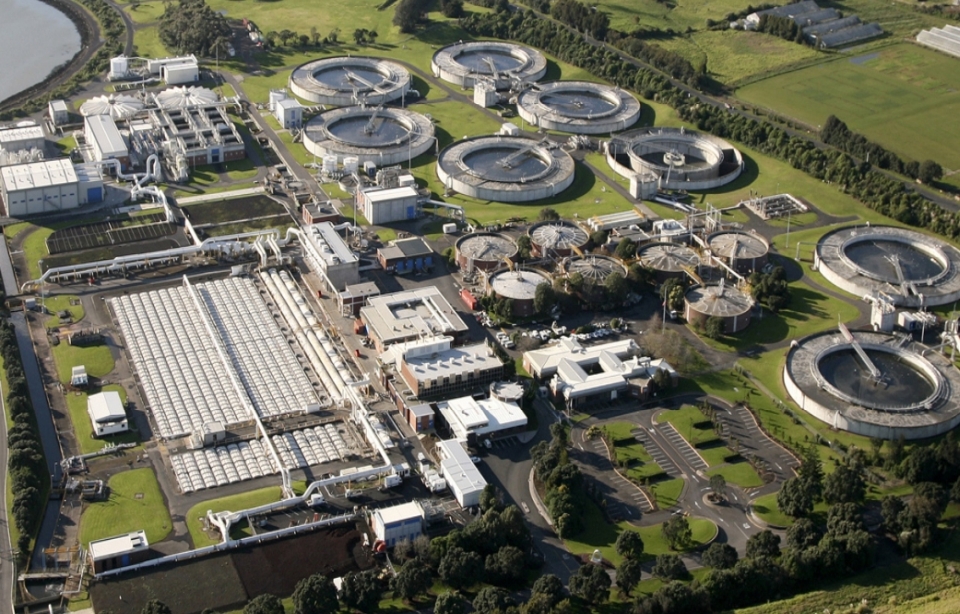
The treated wastewater is tested in a laboratory to make sure it meets standards that protect public health and the local environment. It is then safely discharged out to sea.
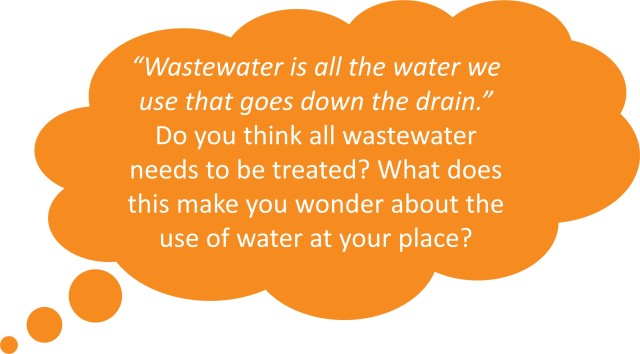
Try the wastewater collection and treatment quiz.